The Galapagos National Park was established in 1959 and is Ecuador’s oldest park. It covers a massive 3087 square miles – 97% of the Galapagos Islands. The remaining 3% includes the inhabited islands of Santa Cruz, San Cristobal, Isabela and Floreana. Established to protect the unique diversity of the islands, the park service seeks to protect native species and eradicate invasive plants and animals. Species such as the giant tortoise, marine iguana and the Galapagos petrel are protected to ensure that they can be enjoyed by both current visitors and future generations. Park service officials are very serious about preventing non-native plants and animals gaining access to the park.

History of Galapagos National Park
Fray Tomas De Berlanga, the fourth Bishop of Panama, first discovered the Galapagos Islands in 1535 after his ship was carried off course by currents. He recorded his discovery and sent an account to Charles V, Holy Roman Emperor, and the King of Spain. 35 years later, the Islands were first mapped, with cartographer Abraham Ortelius labelling them, “The Island of Tortoises”.

Sailors, buccaneers and whalers visited the islands during the 17th, 18th and 19th centuries. In 1831, British naturalist Charles Darwin set off for the islands aboard HMS Beagle. The voyage lasted nearly five years. Darwin’s observations of the islands fur-covered and feathered inhabitants formed the basis of his celebrated theory of evolution – the idea that all life on earth is descended from common ancestry.
Galapagos National Park was established in 1959, making it Ecuador’s oldest National Park. Eight years later, in 1967, the first park service was created, though it took a further four years to assign a Superintendent and park rangers. Unsurprisingly, the park now boasts staff numbers far in excess, with hundreds of Park Rangers and an elaborate management structure.
UNESCO declared Galapagos National Park a World Heritage Site in 1979. However, in 2007, the Galapagos National Park was added to UNESCO’s World Heritage Sites in Danger list. This was a direct result of rapid development and poor controls over immigration and tourism. Since this declaration, a number changes have been made. Today, the Galapagos National Park has strict rules to ensure that the Islands are protected from the impacts of tourism. For instance, tourists must remain accompanied by an official Galapagos National Park guide for the duration of their stay. Furthermore, an entrance fee is levied on guests to keep visitor levels in check.
Interesting facts about Galapagos National Park
Many of the animals inhabiting the Galagagos islands are utterly fearless, allowing visitors to get extremely close to some of the worlds most endangered species.
- The Galapagos Islands are home to world’s only ocean-swimming lizard, the Galapagos marine iguana.
2. Not only are 97% of the islands part of the National Park, but the sea surrounding them is a Marine Reserve.
3. The convergence of a trio of oceanic currents in the seas bordering the islands brings with it a myriad of marine life.
Visiting Galapagos National Park
Galapagos Cruises
The best way to fully experience the Galapagos Islands and see all the plants/wildlife they have to offer is by taking a cruise. Boat tours of the islands are understandably popular, as the animal and plant life native to the region is truly without parallel. Dolphins, turtles, exotic birds and many species of reptile populate the islands, and many tour operators facilitate animal-spotting cruises. It’s typically advisable to book far in advance, particularly if you are visiting during peak season, as spaces fill up fast. However, if you’re a bargain hunter, rejoice, as there can often be last minute cruises available at reduced prices. Be weary of such offers though, as they may not have the best boats, and may only take you to the inner islands.

Boat cruises take in a range of different habitats, and aim to showcase the islands’ extraordinary variety and diversity. The majority of islands are only accessible with a guide, who will explain all rules and regulations clearly. Visitors are not permitted to stray from marked paths, though most of the animals and birds are accustomed to the presence of humans, and often venture onto the paths and walkways anyway.
Other Things To Do
Hiking is a popular activity, though hiking independently is prohibited across all National Park land. Therefore, it is advisable to book yourself onto a guided tour. Guided hikes can be a great way to explore the islands and gain a better understanding of their varying topography and terrains. It’s worth noting that there are some hikes you can do alone on the inhabited islands, such as the Wall of Tears on Isabela and Cerro Tijeras on San Cristobal.
Scuba diving and snorkelling have, unsurprisingly, proven to be very popular in the area. For several years, Darwin and Wolf Islands have been ranked as the number one dive destination in the world across a number of categories. Fishing, kayaking and surfing are further water sports available on the Islands.
Finally, if you maintain an interest in natural history, the Charles Darwin Research Station in Puerto Ayora on Santa Cruz is certainly worth a visit. Here, you can see a number of baby tortoise at the breeding centre, and learn more about the islands’ scientific significance.
Rules and safety advice
Park management have set a number of rules/regulations to help protect the islands from tourism. Some of the most important to remember are listed below.
- Follow the trails set – do not go off the beaten track.
- Take care to not touch the animals.
- No smoking is permitted.
- Do not bring food with you.
- Littering is not permitted.
- Check the soles of your trainers prior to leaving one island for another – this is important to avoid plant seeds being transported from one island to another.
- Do not remove anything from the islands to take as a souvenir.
- Remain with your group at all times.
Getting to the Galapagos Islands
To get to the Galapagos Islands, you must first fly to mainland Ecuador, on board a flight to Quito, Ecuador’s capital city, or Guayaquil. Once in Ecuador, you can reach the Galapagos Islands by boat or by air. However, given that the boat ride takes at least three days, flying is highly recommended. Several flights depart daily from both Quito and Guayaquil, taking you 600 miles (1000km) before landing on either Baltra or San Cristobal Island.
When is the best time to visit Galapagos National Park?
A trip to the Galapagos Islands will be magical whatever time of year you embark. However, the peak season runs from mid-June to early September, and from mid-December to mid-January. There are limits to the number of tourists permitted per island at any given time, and so the park is unlikely to feel overcrowded. However, if you do decide to make your trip during peak season, you are unlikely to experience a sense of tranquillity and utter seclusion.
December to May – The temperature of both the air and water are warmer from December through til May. However, it’s also rainy season and it will drizzle most days for short spells. Warmer water brings opportunities to swim and snorkel, while animal lovers may be lured by the sea turtles that nest on the beaches throughout these months. From February to April, the sea surrounding the islands begins to calm, and wildflowers burst into bloom.

June – November – The Humboldt Current moves from the southern tip of South America to the Galapagos, bringing cold water and air temperature. This water is rich in nutrients, which inherently attracts vast numbers of fish and birds. During these months, despite increased cloud cover, it rarely rains. However, the wind is quite strong, resulting in rough sea conditions.
Where to Stay in the Galapagos Islands
On the inhabited islands of Santa Cruz, Isabela, San Cristobal and Floreana, hotels, guesthouses and hostels proliferate. Lodging ranges from easily affordable budget hotels, to lavish and luxurious 5-star hotels with high standards of service. Whatever your budget, you should have no problem finding something suitable. It’s worth noting that during peak season, hotels fill up swiftly and visitors are therefore advised to secure their accommodation well in advance.







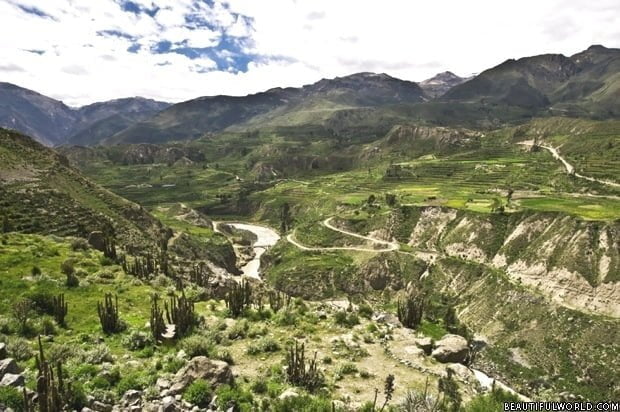

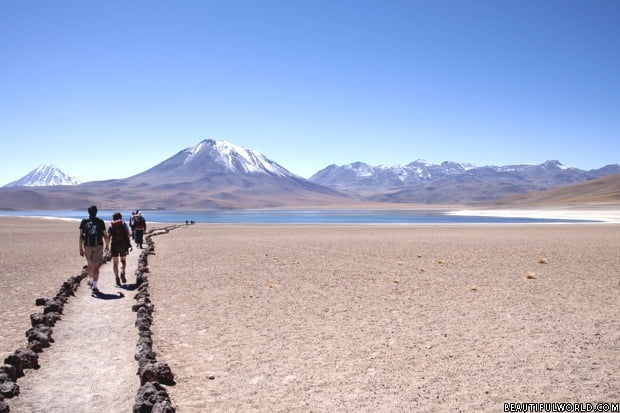
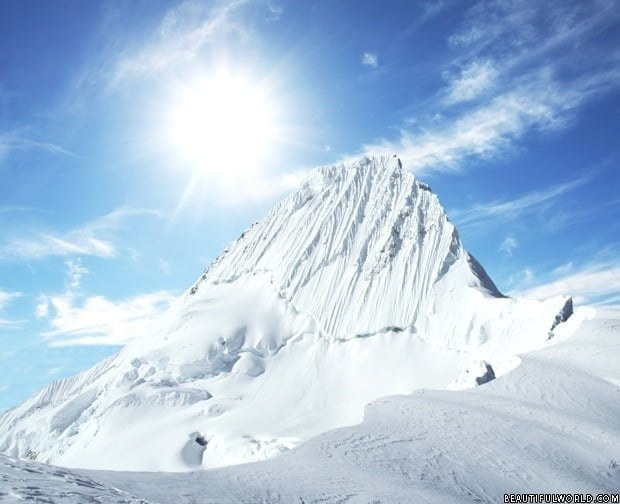
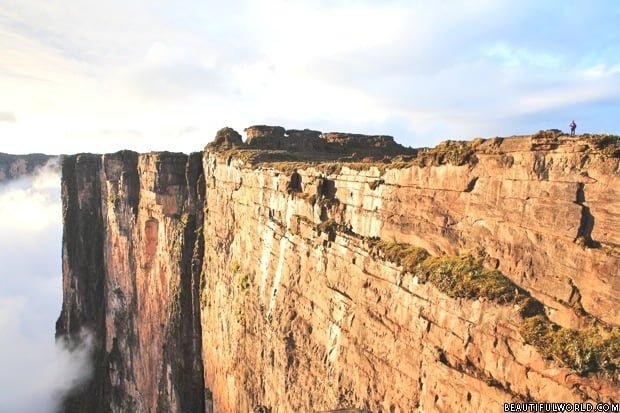
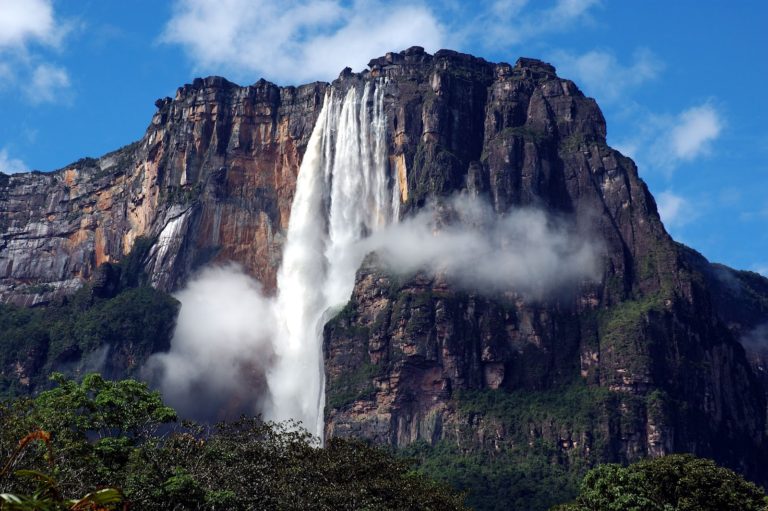
It was a trip of a lifetime! Do your research on the routes to ensure you get to see things you want.
I did a Galapagos cruise with Galapagos Natural Life on a lovely ship – the Odyssey for 6 days and 5 nights. We did the southern route and I saw all the birds and animals I had hoped for.
why would you give this much information its so boring
Nikki, thanks for posting an interesting account of your trip. It’s encouraging to hear that you saw everything you hoped to.
This magical place should be on everyone’s “bucket list” as it’s not only amazing but truly one of a kind. We were fortunate to be on one of the smaller but still very comfortable boats which has the advantage that you aren’t part of a large crowd when hiking etc. It’s been 25 years and we still often speak of it.